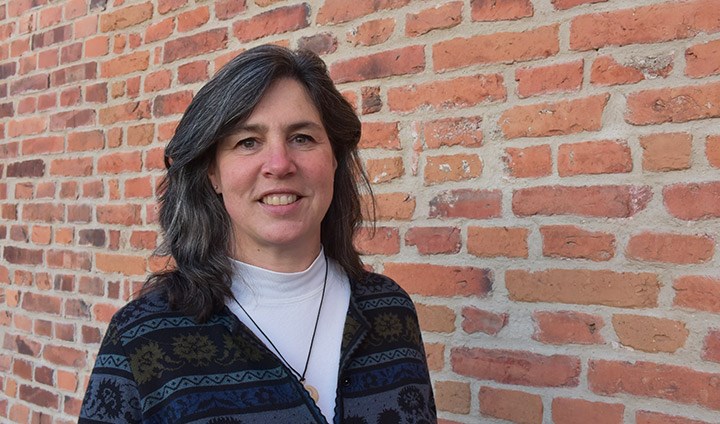Lisa Kurland - new professor 2017

Lisa Kurland is professor of emergency medicine. Her thesis is on how to predict the effects of blood pressure treatment based on a patient’s genetic information.
Facts:
- 1960 Born in Boston, Massachusetts, USA
- 2002 Obtained her PhD in medical sciences at Uppsala University with her thesis Pharmacogenetic Studies of Antihypertensive Treatment with Special Reference to the Renin-Angiotensin-Aldosterone System
- 2016 Professor of emergency medicine at Örebro University
Lisa Kurland researches emergency medicine. Her studies focus on emergency medical services from the medical dispatching and other prehospital care and hospital-bound emergency department (ED). Lisa Kurland primarily studies the problems when patients suffer from sepsis, i.e. a critical illness triggered by an infection. It is extra vital that treatment is started quickly – preferably within one hour from identification.
Research in emergency medicine could be divided into three parts: studies of time-critical conditions, symptom-based care and diagnoses and the healthcare processes essential to patient care within EM.
“The problem is that it is difficult to recognise a septic patient, partly because the symptoms are so varied. Our previous research shows that a screening tool would enable more patients with sepsis to be identified. This is why we’re working to find variables that to include in such a tool,” says Lisa Kurland.
According to Lisa Kurland’s research, it is common for patients to seek care with non-specific symptoms. Among older people, it is as high as one in five patients.
“We also know that two out of three patients with non-specific symptoms have a serious underlying condition that requires treatment within 24 hours – and that they have a high mortality rate,” says Lisa Kurland, and continues:
“Our research aims to create new knowledge about this patient group and find tools through which to identify high-risk patients.”
Today, various systems in emergency care are used to identify critically ill patients and determine when their condition deteriorates. However, these systems are, to a lesser extent, scientifically supported. Through her research, Lisa Kurland wants to understand the role of vital parameters and age and symptoms in these complex systems.
“A patient’s first contact with emergency care can be the emergency medical dispatcher. Today, this information via a telephone call determines how quickly an ambulance needs to arrive. Through our research, we plan to study using images as a supplement.”
There are also other parallel studies that examine which support tool for medical decisions could mean the safest and best decision for patient care.
Lisa Kurland’s approach is based on a variety of questions. What prompts a patient to seek emergency care at a particular time and not wait until the next day; is it possible to manage this contact by informing a patient about waiting times? What do emergency ward bottlenecks look like? Why do patients have to wait? How can emergency care processes be reformed? Also included in her research area are questions about how to measure patient safety and quality of emergency care.
“My research goal is to be able to identify the patients who need immediate treatment and distinguish them from those who can wait. This might seem simple. Even though we work according to best practice, few of the systems we use today are scientifically supported, so there’s a lot to do,” says Lisa Kurland.
